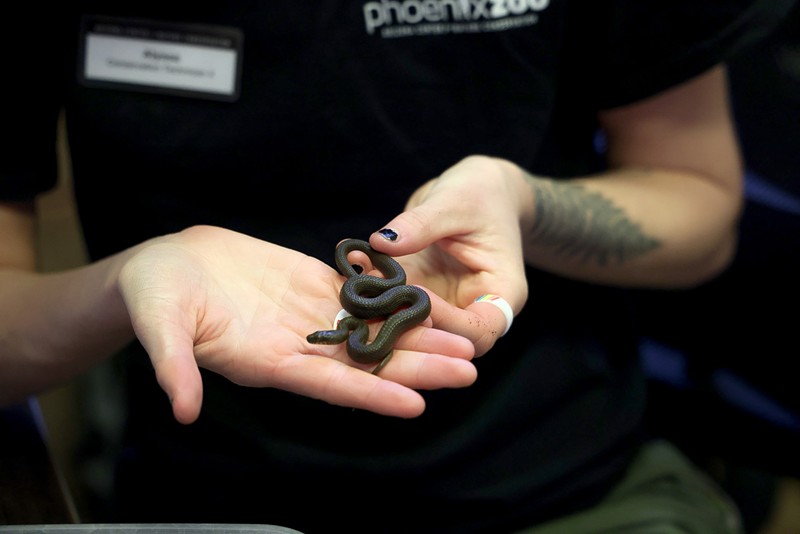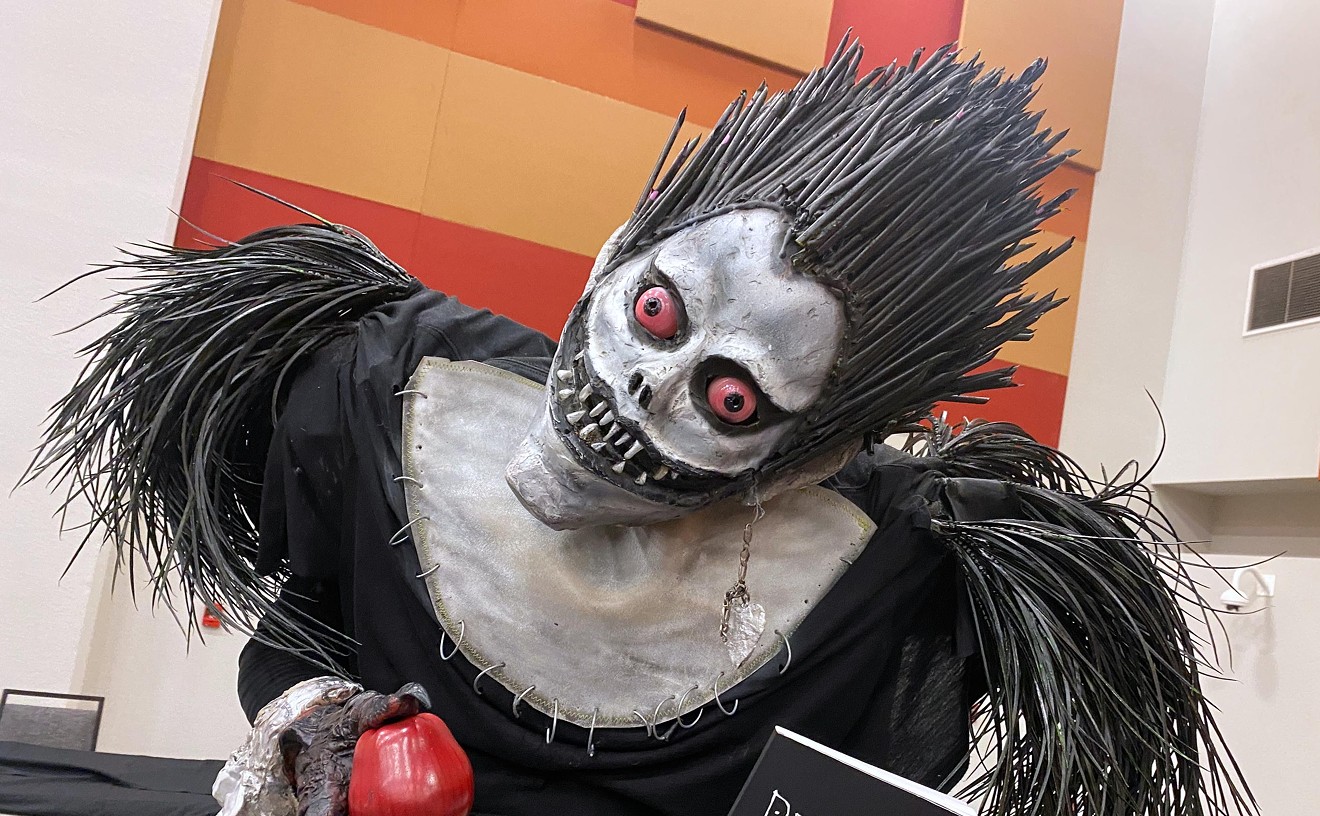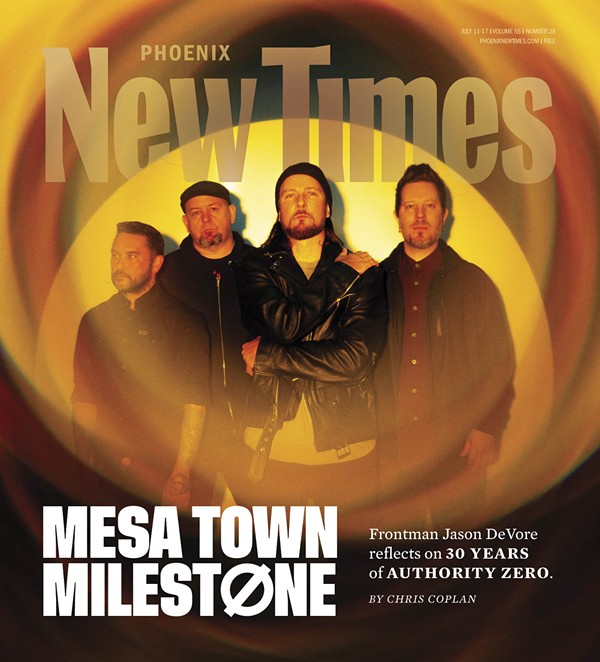Tara Harris’ fascination with science began in childhood, eventually forming into her passion for conserving native species. Harris believes animals play vital roles in the environment, yet recognizes some are overlooked.
“I really found a passion for them and wanted to work with our partners to help save them,” Harris says. “I feel like I can make a tangible difference for them right here at home.”
Harris is the director of conservation and science at the Phoenix Zoo, where she conducts research and participates in field work. It’s here that Harris works with conservation technicians like Alyssa Bullock working to save species under threat.
The Phoenix Zoo website lists nine native species that are the focus of conservation projects that scientists there are working on. They include the black-footed ferret, Chiricahua leopard frog, cactus ferruginous pygmy-owl, desert pupfish, narrow-headed garter snake, Huachuca water umbel, three types of springsnail, Mount Graham red squirrel and Gila topminnow. Helping these animals requires scientists to stay on top of a number of daily tasks, including testing water, weighing animals and checking habitats.
Scientists at the Phoenix Zoo are working to breed animals, such as the narrow-headed garter snake, at the zoo’s Arthur L. and Elaine V. Johnson Conservation Center to better understand their biology and reproduction. The narrow-headed garter snakes are listed as threatened under the U.S. Endangered Species Act, mainly due to the loss of native fish in Arizona and across the Southwest, as fish are their primary diet.
Harris says knowledge of endangered species is lacking in many people outside the conservation center. “This is what I love. It’s the challenge of figuring it out, and that’s what really drives us to be successful in it.”
The ultimate goal is that these snakes will be released into the wild. The zoo has been successful with the last two years yielding six litters of narrow-headed garter snakes that have been released, the largest number for this species anywhere, according to Harris. It’s this type of work that drives her.
“I’m settled here at the Phoenix Zoo long term,” Harris says. “I really just love the team that we have here, the diversity of species, and partners that we work with are critical for our success.”
For more stories from Cronkite News, visit cronkitenews.azpbs.org.
[
{
"name": "Air - MediumRectangle - Inline Content - Mobile Display Size",
"component": "18478561",
"insertPoint": "2",
"requiredCountToDisplay": "2",
"watchElement": ".fdn-content-body",
"astAdList": [
{
"adType": "rectangle",
"displayTargets": "mobile"
}
]
},{
"name": "Editor Picks",
"component": "16759093",
"insertPoint": "4",
"requiredCountToDisplay": "1",
"watchElement": ".fdn-content-body",
"astAdList": [
{
"adType": "rectangle",
"displayTargets": "desktop|tablet"
},{
"adType": "rectangle",
"displayTargets": "desktop|tablet|mobile"
}
]
},{
"name": "Inline Links",
"component": "17980324",
"insertPoint": "8th",
"startingPoint": 8,
"requiredCountToDisplay": "7",
"maxInsertions": 25
},{
"name": "Air - MediumRectangle - Combo - Inline Content",
"component": "16759092",
"insertPoint": "8th",
"startingPoint": 8,
"requiredCountToDisplay": "7",
"maxInsertions": 25,
"watchElement": ".fdn-content-body",
"astAdList": [
{
"adType": "rectangle",
"displayTargets": "desktop|tablet"
},{
"adType": "rectangle",
"displayTargets": "desktop|tablet|mobile"
}
]
},{
"name": "Inline Links",
"component": "17980324",
"insertPoint": "8th",
"startingPoint": 12,
"requiredCountToDisplay": "11",
"maxInsertions": 24
},{
"name": "Air - Leaderboard Tower - Combo - Inline Content",
"component": "16759094",
"insertPoint": "8th",
"startingPoint": 12,
"requiredCountToDisplay": "11",
"maxInsertions": 24,
"watchElement": ".fdn-content-body",
"astAdList": [
{
"adType": "leaderboardInlineContent",
"displayTargets": "desktop|tablet"
},{
"adType": "tower",
"displayTargets": "mobile"
}
]
}
]











